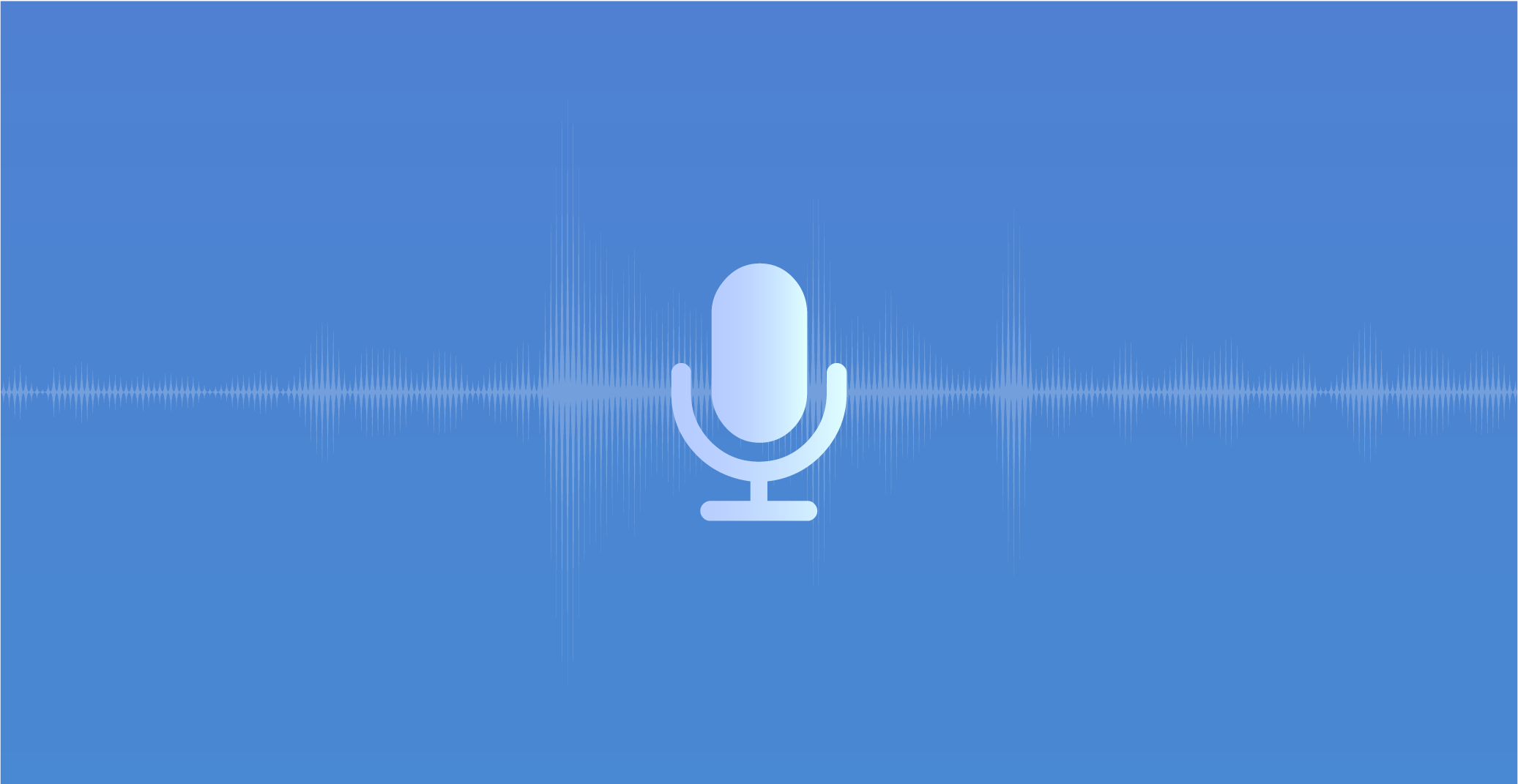The technologies behind voice recognition

In contrast to other forms of verification, such as passwords or tokens, biometric authentication relies on an individual's distinct biological traits to confirm their identity. Indeed, it’s harder to fake and is typically more user-friendly since users do not have to memorize passwords or carry about a physical token that may easily be lost or stolen. Additionally, it is more difficult to counterfeit. An essential component of identification is the authenticator.
Analysis of a person's speech may be used for identity verification using a process known as voice recognition, which is sometimes referred to as speech recognition or voice authentication. Airways and soft tissue cavities, in addition to the shape of the mouth and the movement of the jaw, all have an effect on speech patterns and help create a person's distinctive "vocal print."
There’s a kind of speech recognition technology available known as speaker recognition. It’s not the same as voice recognition, which is a technique that is utilized in applications that convert speech to text and in virtual assistants such as Siri and Alexa. Although speech recognition can comprehend spoken words, it cannot verify a speaker's identity based on the speaker's vocal characteristics; however, voice biometrics can.
Methods for recognizing the speaker
There are primarily two methods that may be used for voice authentication:
- Text independent
Any spoken passphrase or other types of speech material may be used to achieve voice authentication - Text-dependent
In both the registration process and the verification process, you will use identical passphrases. This implies that the speaker will be asked to repeat a sentence that has already been decided upon, rather than being allowed to say anything that they would want to affirm. When using static text voice authentication, the password that is used for one verification is utilized for all of the verifications. The user is provided with a passphrase that is completely random, such as a series of numbers, through dynamic text-based voice authentication. Additionally, registration is required for this content.
Registration and confirmation of identity
It is necessary to capture the biometric speech sample and then register it with the microphone in order to generate a reference template that can be used for comparison with samples during subsequent authentication attempts. After that, distinctive aspects of the vocal performance are observed, such as:
- Duration
- Intensity
- Dynamics
- Innings
Examples of voice authentication
The hands-free mobile authentication use case is the most common use for voice authentication. This kind of identification is perfect for use on mobile phones or in other situations where other types of biometric verification, such as face recognition, fingerprint recognition, or iris recognition, are impractical. in automobiles.
Voice authentication may also be beneficial for voice recognition devices like Amazon Alexa and Google Home. There has been a recent uptick in the usage of virtual assistants to carry out activities such as placing orders and doing other tasks that would traditionally demand some kind of verification.
During help desk conversations, speaker recognition may also serve as an authenticator for callers. When compared to supplying personal information to verify identification, such as a driver's license or credit card number, users may discover that this method is not only more secure but also more convenient.
Advantages of voice recognition
Low operational costs
Voice authentication may result in cost savings for call centers as well as financial institutions. They are able to save millions of dollars because of the fact that this technology does away with many of the stages required by conventional verification procedures. During an end-to-end conversation, it is able to validate the customer's identification just by recognizing their voice, eliminating the need for the routine questions that are often asked.
Improved quality of life for the end customer
Voice biometric systems provide a number of benefits, one of which is that they have the potential to significantly enhance the customer experience. However, this potential is sometimes overlooked. It is no longer necessary for callers to provide passcodes, PINs, or answers to challenge questions in order to have their identities verified.
Because of this, speech biometrics are ideal for omnichannel and multichannel deployments. Once a client has been registered, their voiceprint may be utilized across all of a company's support channels, making speech biometrics suitable for omnichannel and multichannel deployments.
Increased accuracy
Voice authentication is more reliable and accurate than using passwords, which are simple to forget, change, or guess. Passwords are also easier to compromise. It's kind of like how fingerprints are the only thing that can identify you. To put it another way, in contrast to passwords, a voice is impossible to forget or imitate. In spite of the fact that the sound might be influenced by a number of factors, it is much more dependable and handy.
Technology that is simple to put into action
The ease of use and implementation that speech recognition biometrics provide is very valuable to a lot of different companies. It may be difficult to implement some forms of biometric technology inside an organization and to get started with these systems. However, due to the fact that speech biometric systems need so little, it is often possible to install them without the need for extra hardware or software.
Because this technology is so easy to use, businesses often have the ability to redeploy employees to other areas of the organization in order to improve both their efficiency and the level of pleasure they provide to their customers.
Conclusion
Voice authentication is an excellent method for verifying a user's identity since it offers extra levels of security, which manual passcodes may not be able to give. Voice authentication is a wonderful approach to verifying a user's identity. Voice authentication is advantageous for both the company and its consumers since it eliminates the annoyance that is associated with laborious login procedures.

